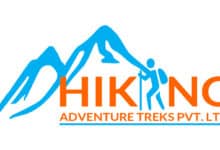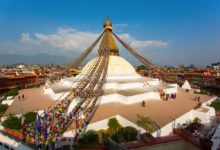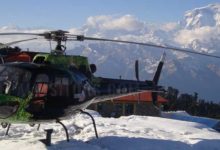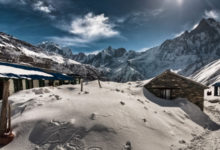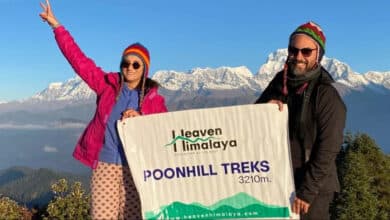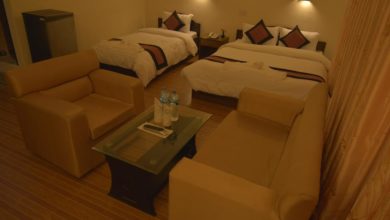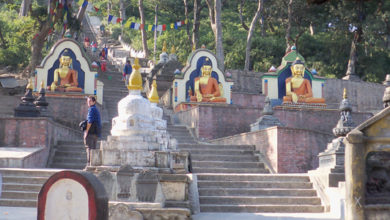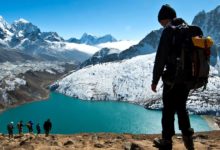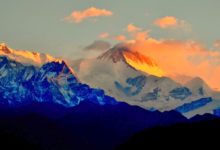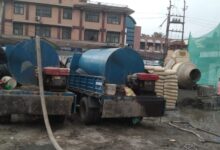Ex Gurkha Khukuri House
Ex-Gurkha Khukuri House is the finest and largest maker of traditional and modern khukuris in the world today. These knives are the real thing true, authentic khukuris: Ex-Gurkha Khukuri House is proud to have supplied the British Armys crack Gurkha regiments with the khukuris that they use in both drill and battle, world-wide: It doesnt get any more real than that.
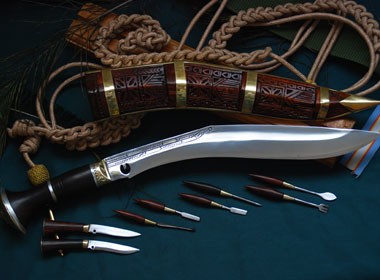
Ex-Gurkha Khukuri House is the finest and largest maker of traditional and modern khukuris in the world today. These knives are the real thing true, authentic khukuris: Ex-Gurkha Khukuri House is proud to have supplied the British Armys crack Gurkha regiments with the khukuris that they use in both drill and battle, world-wide: It doesnt get any more real than that. They have also supplied khukuris to Pakistan, the United States, German embassies, and a wide variety of military, police, and commercial security agencies in Nepal and throughout the world.
Each of our knives is handcrafted one-at-a-time by a traditional caste of smiths called Kami, Each khukuri in our shop takes several Kami a full day to make by hand, utilizing both modern and centuries-old techniques of the metal smiths art. They are quite affordable, making them one of the very best buys in the field of handmade knives.
We offer a wide range of varieties more than 200 separate items, ranging from decorative and souvenir blades, and traditional Gurkha military and working knives, to the finest custom presentation grade khukuris. We are currently housed in two locations, each filled with a vast array of khukuris and other knives, in all shapes, styles, sizes, and price ranges. Our showroom is located at Thamel-29 and Lazimpat, right in front of the Hotel Radisson. Our offices are located at Thamel -29, A-one Business Building, Second Floor, where we do all of our wholesaling, exporting, and online marketing.
You are welcome to visit us, anytime, at either of these locations. You are also welcome to visit our factory, Bishwakarma Khukuri Udyog – which is located in Dharan – Eastern Nepal, 650 kilometers from Kathmandu, to see how the khukuris are made and talk to our family of dedicated master craftsmen. The factory is run under the careful guidance of Mr. Nawaraj Ramdam, who has been overseeing the manufacture of khukuris there for about 10 years. Our factory has some 200 Kamis the hereditary cast of khukuri makers that has preserved the art of crafting the khukuri, and handed it down from father to son a tradition stretching back to the time of Alexander the Great. In the mid-1700s, the warrior-king, Prithivi Naravan Shah used the khukuri to pacify the land and unify the kingdom of Nepal. After uniting the countryside, he divided the people into different castes and creed and re-formed the society along organized lines: Warriors; called Chhetris and famed for their bravery; became Gurkha soldiers. Brahmans who were dedicated to a spiritual life were organized to establish and promote religious functions and so on throughout Nepalese society.
Address: Thamel Marg, Thamel – 29, Kathmandu, Nepal.
Cell No: +977-9841317812
Email: [email protected], [email protected]
Web: https://nepalkhukurihouse.com



